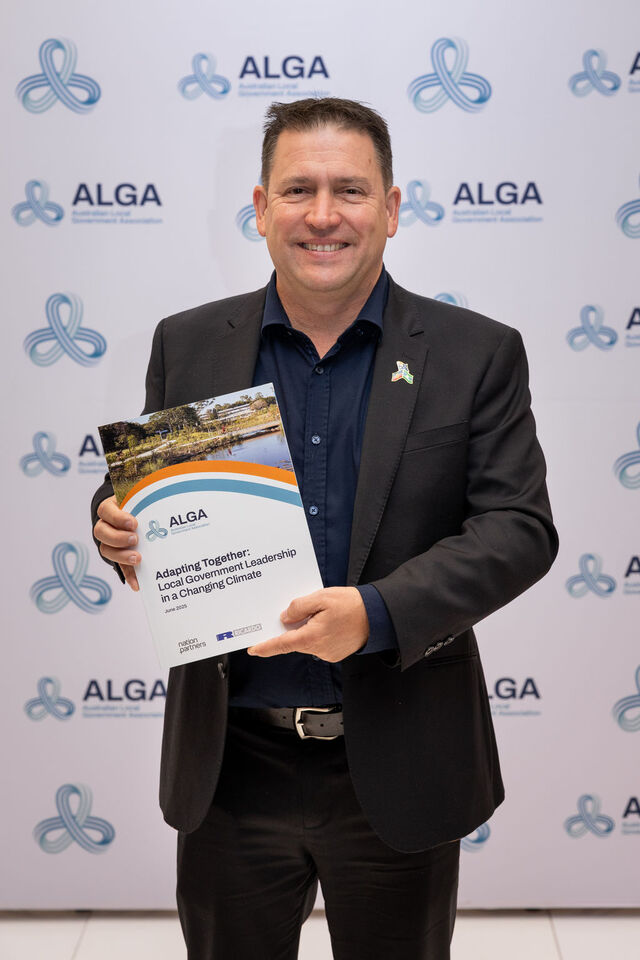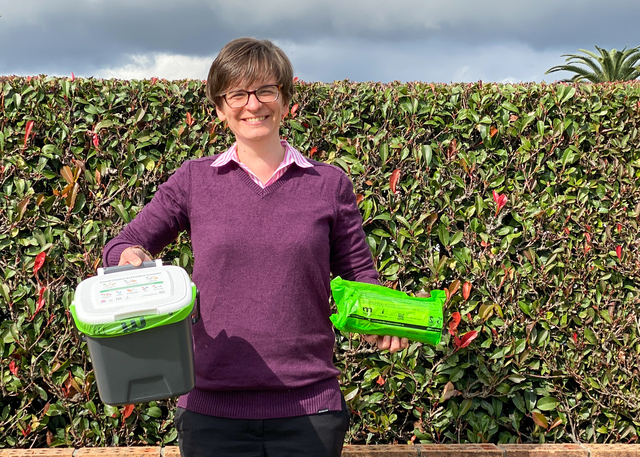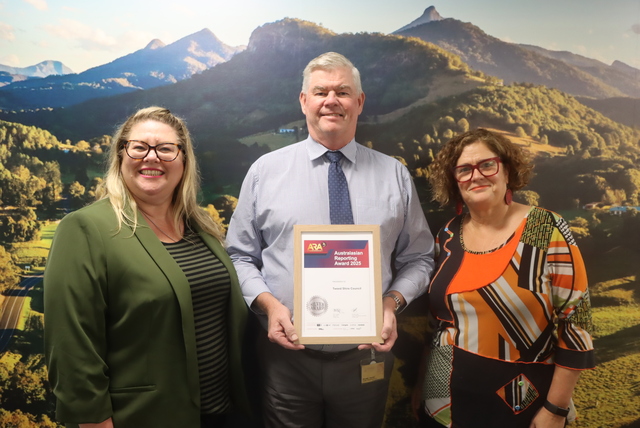The Australian regional aviation sector has been adjusting to difficult market conditions for a long time and right now is facing new and complex challenges as a result of security concerns and rapidly changing market conditions.
Ken Matthews, Secretary of the federal Department of Transport and Regional Services, said the Commonwealth Government’s policy aim is to encourage flexibility in the industry in order for it to be in a position to adjust to fluctuating conditions.
“Reasonable access to air services, a safe, secure and sustainable aviation industry and price and service for consumers where possible are key priorities for the Commonwealth Government,” he said.“Air operators will need to continue to adjust levels of services to better match consumer needs and, in this environment, airport owners will need a similar level of flexibility. This means the Commonwealth Government assisting industry by focusing its policies on reducing barriers to entry, reducing regulatory burdens, removing unnecessary barriers to change and adjustment and supporting communities rather than individual firms.”
Government, industry and the community must continue to work together to build and maintain a strong aviation sector, Mr Matthews said.
There are many examples of this. With Federal Government support, all of the former Ansett regional subsidiaries are today in new ownership and operating commercial services for regional communities. The government provides assistance to regional aviation through a range of long-term measures including:
- subsidised control tower services at general aviation and regional airports
- funding to expand aircraft maintenance engineer training in regional Australia
- exempting regional aircraft with fewer than 16 seats from the Air Passenger Ticket Levy
- reduced aviation fuel excise
- quarantined regional slots at Sydney airport
- exempting small regional airlines and aeromedical operators from en route navigation charges.
The government is also in the process of reviewing the operation of the Airport Local Ownership Scheme, which aims to remove unnecessary and outdated constraints on airport ownership.
“The aim is to make it easier for local communities to use their airport assets in ways that meet local needs – if that means re- development, the government would not want to stand in the way where there is clear community support,” Mr Matthews said. The best long-term future for regional aviation will involve a partnership between Commonwealth, State and Local Governments working with industry and local communities.”
More information on Australia’s aviation policy can be found at www.dotars.gov.au.







